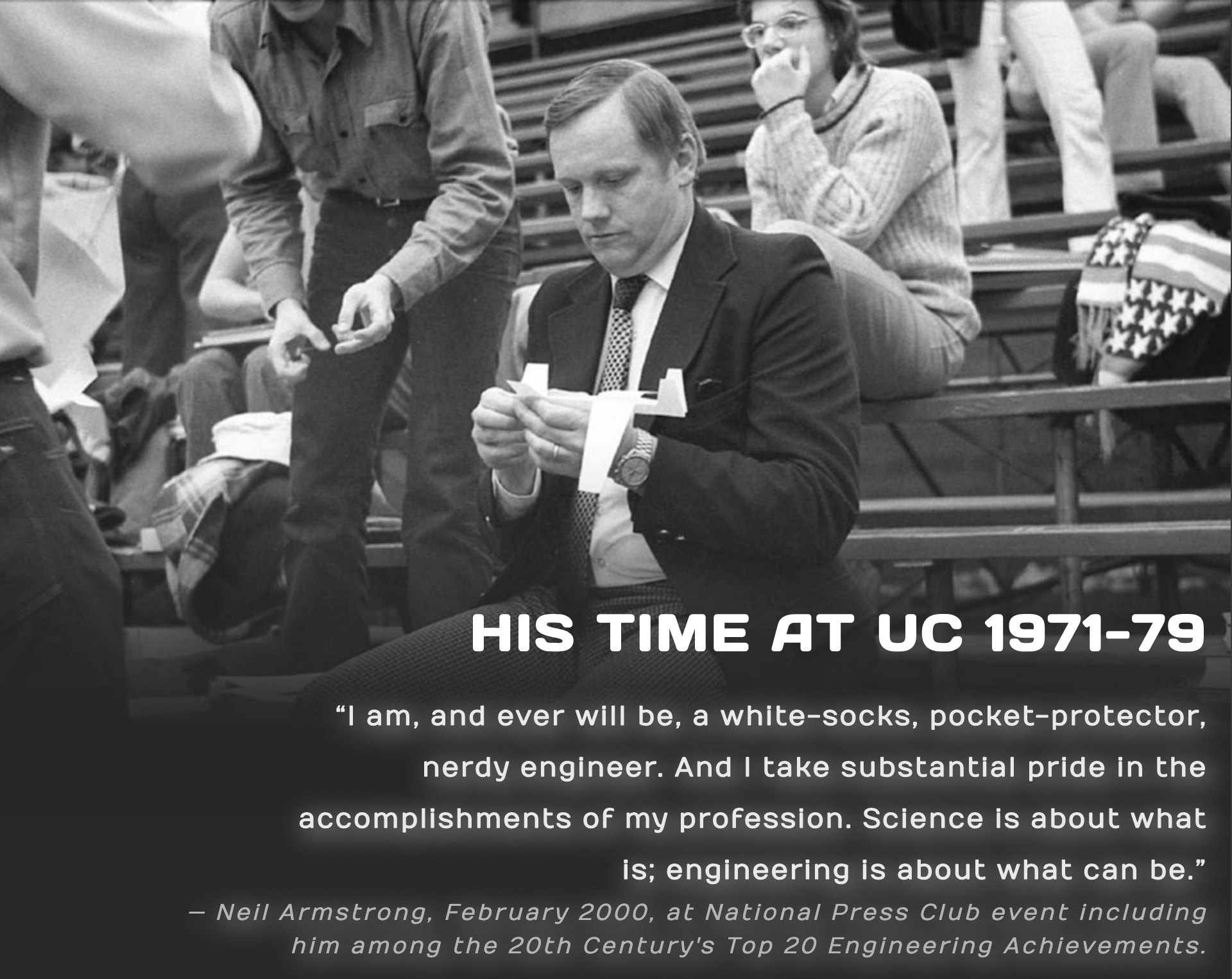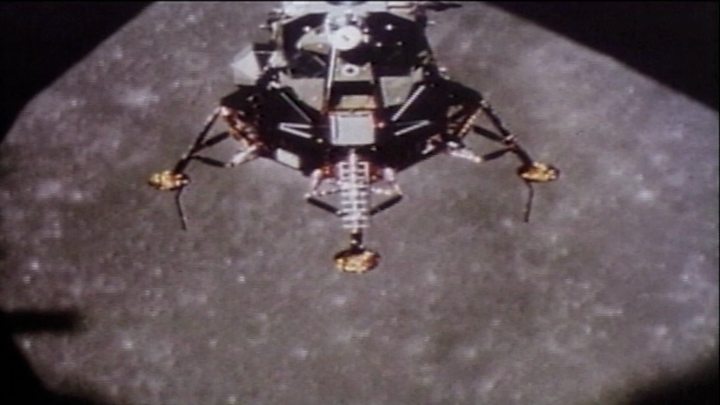When Neil Armstrong safely landed himself and Buzz Aldrin on the surface of the moon in 1969, he was rightly hailed as one of the great astronauts. But he was also an inspiration for engineers both young and old and his example is needed even more today for the challenges we face in combating climate change.
Throughout his life Neil Armstrong was passionate about engineering, in particular aeronautical engineering. An old school friend recounts the time when they were trying to make their rubber powered model aeroplanes fly longer. His friend gave his plane a few extra turns on the propellor. But Neil wanted a deeper understanding of how the plane flew and built a small wind tunnel in the basement of his home to test his ideas. When it was switched on it shook the house! His first flight was at age 16 years and he continued flying through his time at university where he studied aerodynamics. He was a combat pilot during the Korean War and when it ended he was a test pilot flying experimental planes such as the X-15 where he caught the attention of NASA. After the successful moon landing he went back to academia and headed the Department of Aeronautics at Cincinati University.
Another aspect of his character was his ability to withstand criticism. When he spoke the famous “One small step for man one giant leap for mankind” he was later challenged that it should have been “one small step for a man!” He maintained that he did say “a man” but due to the transmission the “a” had got lost. The criticism continued throughout his lifetime. Another criticism he faced was about his flying competence. Although he was admired by many colleagues for his technical proficiency with aircraft others, mainly of the ‘top-gun’ type, said that he lacked a natural feel for aircraft. Indeed his involvement in several high-profile near-miss incidents as a test pilot did very little to convince his critics that an engineer belonged in a cockpit.
Finally he had courage. As a combat pilot he was involved in the dangerous task of landing a fighter plane on an aircraft carrier which was usually heaving around on a rough sea! There were many instances when as a test pilot he had to courageously fly planes that were testing the limits of aerodynamic knowledge. His courage came through again when he took the decision to take over from the computer guidance system when landing on the moon. The Apollo Moon Landing project cost billions of dollars and involved over 400,00 people. Its success depended on a safe landing on the moon. The tension during the landed was immense. But he had the courage to take over from the computer guidance system and fly the Apollo Lunar Module by hand to avoid a rocky surface and land safely. The relief back on Earth was tangible with Huston sending a message “ … You got a bunch of guys about to turn blue. We’re breathing again…”
In summary his career showed a passion for his area of engineering, the ability to withstand criticism and courage to make his own decisions. As the planet faces its greatest challenge from climate change we need engineers to show the same characteristics. They need to have a deep and passionate understanding of the engineering required to develop areas such as health, transportation, infrastructure, energy and information in a way that reduces the impact on the climate. They need the strength of character and courage to face criticism, that will emerge from all quarters, when leading the changes in our way of life that will save ourselves and the planet. Maybe the next gigantic step for mankind will be here on Earth!

To see a rare interview where Neil Armstrong discusses his life then click on the following: Youtube video
